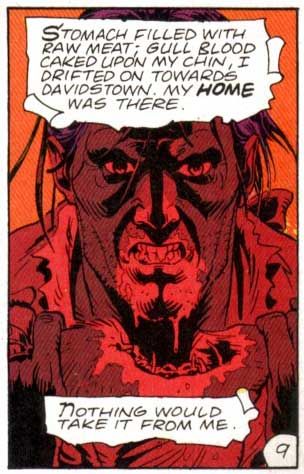
Adapted from the story by Roald Dahl, the beautifully vibrant Fantastic Mr Fox is director Wes Anderson’s first animated film – but you wouldn’t know it.
The first stop-motion animation from 20th Century Fox, and the first animated film from director Wes Anderson, The Fantastic Mr Fox combines beautiful, energetic animation and no little humour with a story lifted from well-loved children’s author Roald Dahl, resulting in is a wonderfully thoughtful, whimsical and unusual film.
Characterisation has never been director Wes Anderson’s problem, and his films have always been attractive to look at, but are often accused of lacking something in, well, plot. Luckily, with Dahl taking care of the story, Anderson can concentrate entirely on embellishing this marvelously atypical animation.
The Fantastic Mr Fox tells us the weird and wonderful story of the eponymous Mr Fox, who gives up the Robin Hood-lifestyle of chicken bandit at the request of his newly pregnant wife. He buys a new home and starts writing a column for a newspaper. His wife cooks, his son complains. He becomes bored.
Then, from the window of his new home, he spies three huge farms – a temptation which proves impossible to resist for the ex-chicken bandit - and he soon returns to his old ways. However, the slimy Farmer Bean (played with cockney revel by Michael Gambon) and the other two evil farmers into retaliation, and they flood out Mr Fox’s home, forcing his family and the rest of the animal community underground. Mrs Fox is furious, and Mr Fox’s nephew is kidnapped by the farmers. So begins the family reconciliation, and the rescue.
This is a film made for an October release. The country landscapes are filled with autumnal colour; auburn fields and rolling hills. The animation is stunning, and while not quite as smooth as the excellent Coraline, there is something wonderfully vintage about the jerky style, almost like a sepia film. The first fifteen minutes will leave you open mouthed, and the animators inject a previously unseen sense of life and vibrancy into stop motion animals so fabulously detailed that the hair shimmers on the foxes’ faces. It’s not the Clangers.
Anderson’s films often feature dysfunctional families, and the clash of personalities between the brash and confident and the shy and weak. Mr Fox, who fancies the sound of his own voice, is played with vigour and bravado by George Clooney. Like in Anderson’s 2006 film The Royal Tenenbaums, the relationship between Clooney’s confident father and the introspective, less vigorous offspring – Fox’s talentless son, Ash – is explored. There is some morality in the tale – of finding yourself, or your family. But it somewhat masked by the sense of fun, and it’s not the reason you’ll go to see this film. The humour is offbeat and peculiar at times – you’ll laugh, but you won’t know why – but there’s enough slapstick, dashing foxes and cutesy camerawork to appeal to all.
The film will delight Dahl fans and animation fans, whilst admittedly not staying entirely true to the original story (the three evil, ugly farmers are voiced by English actors, naturally, while the elegant foxes and the rest of the animals are, inexplicably, American). Sometimes the Anderson in-jokes and mumbled punchlines are a little too kooky but the story easily outweighs the director’s idiosyncrasies. But the tone of the film is very much Anderson’s, and as the most mainstream of his offerings will no doubt inspire some fans to watch his excellent early films.
The film, like the Fox, isn’t as fantastic as it thinks it is. But it’s not far off.








